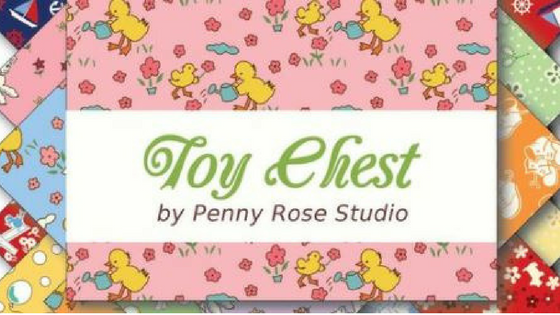
For those of you who love feedsack fabrics, vintage or reproduction, you may already know the wonderful history behind these printed fabrics, and how they became so necessary to ladies sewing for their families during the Great Depression. What I find so interesting is that so many of these prints were still being loved and used well into the 1950’s.

The prints were developed in the late 19th century as a marketing idea, but their heyday was in the 1920’s and 1930’s. At first the novelty of the pretty prints on the flour and sugar bags, and the idea of ‘’free’’ fabric, captured the imaginations of the farm wives. The necessity came with the Great Depression, and those bags providing a 43’’ x 37’’ piece of fabric with every empty bag. Quilts, dresses and kitchen linens could all be made from these colorful fabrics.

The trend continued, the prints became more colorful, and the styles varied from small geometrics to juvenile themes to more sophisticated florals. The farm still needed the contents of the bags, and the ladies on the farm still loved the free fabric that came with the bags. It all ended in the 1950’s with the advent of stronger, less expensive paper bags that had been developed for holding feed and flour.

Toy Chest by Penny Rose Studio takes the history of the 1930’s feedsack and gives it a vintage juvenile twist. The classic motifs include baby shoes, sailboats and lots of animals. The scale is small as these prints would have originally been used for baby clothes and children’s shirts and dresses. The pretty colors make this collection a great selection for so many kinds of projects including curtains and accessories for nurseries, baby clothes, and of course a beautiful quilt.

